Seen many milkweeds lately? I didn’t think so.
They continue to disappear at a disturbing rate. But, who cares? What’s the big deal? They’re just milkweeds anyway, right?
Monarch butterflies, which migrate through Nebraska, cannot survive without the milkweed. Their larvae, caterpillars, will only feed on it. Female monarchs need it to lay their eggs. According to National Geographic, the trouble is not only in Mexico with deforestation, but fewer and fewer monarch butterflies are crossing North America to winter into Mexico, and the culprit is the dramatic reduction of milkweed plants in the United States.
The milkweed comprises a very important group of wildflowers that produce a key nectar source for pollinating insects and animals critical to our environment, food supply and economy. It is also an essential habitat component for birds like the ring-necked pheasant with its broad leaves, seed production and soft-bodied insects it attracts.
It needs to be pointed out that while many plants can provide nectar for adult pollinators, milkweed is especially important to monarch butterflies because it contains cardiac glycosides or cardenolides, which are toxins to most other creatures and protect adult monarchs and their caterpillars against would-be predators.
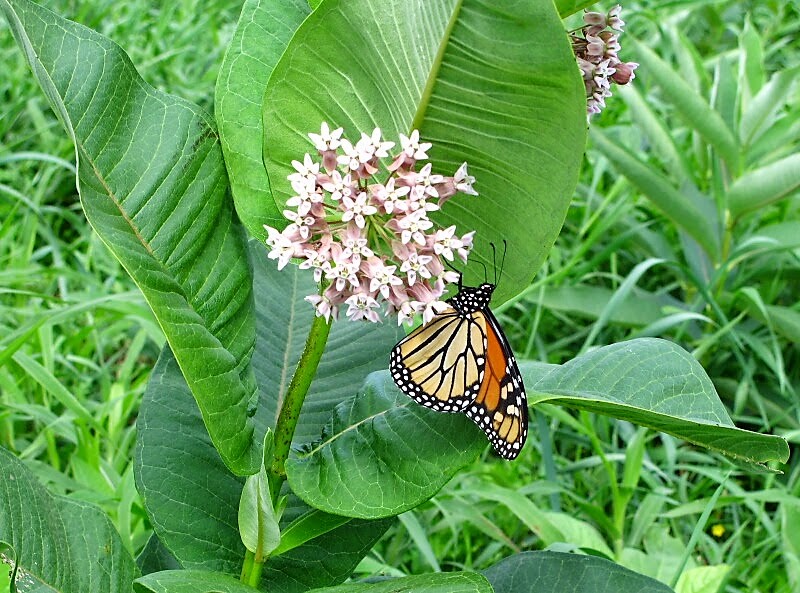
So, why is the milkweed disappearing?
Milkweed plants continue to vanish in great number across North America due to shifting land management practices from development to the widespread spraying of weed killer (herbicides) on the fields where they live. World Wildlife Fund data indicates the eastern monarch butterfly population has dropped an estimated 90 percent in the past 20 years, mostly because of habitat loss. This includes the conversion of 53 million acres of grassland to cropland in the Great Plains region since 2009. Agricultural crops genetically modified to be resistant to herbicides and climate change are also said to have an impact on having fewer milkweeds. Still other scientific studies show milkweed numbers to be down dramatically since the early 1990’s, and along with them, vastly dwindling numbers of not only monarch butterflies but other pollinator populations as well.
The alarm has sounded!
Now, I know what you’re thinking, especially if you grew up on a Nebraska acreage, farm or ranch — the milkweed is an invasive weed, a noxious weed. No, it’s neither.
Some farmers say that you shouldn’t plant milkweed at all because it is toxic to livestock. Yes, it does contain toxins that can be harmful to animals and even people. The milky sap for which the plant gets its name leaks out from the stem or leaves. As mentioned, this sap contains toxins, those cardiac glycosides, which are toxic to animals if consumed in large quantities. The truth is that most animals won’t eat it because of the taste and won’t pay any attention to it unless good forage is scarce or absent.
The milkweed is not just merely a “weed,” actually. In fact, I don’t even know why “weed” is in its name because it is a highly beneficial wildflower, a powerful pollinating plant, as you now know.
It is the genus Asclepias, the milkweed, a class of more than 100 varieties of a perennial, leafy-green, flowering, latex-producing plants. Nebraska has 17 known species of milkweed plants.
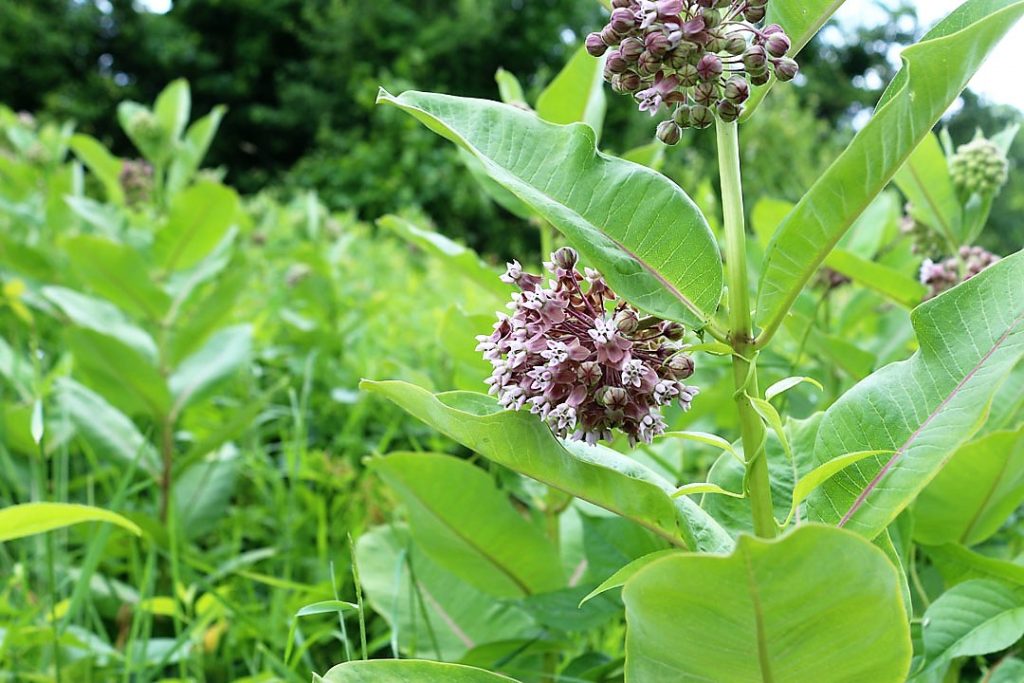
From my childhood in the late 1960’s and 1970’s, I recall the common milkweed growing in a some of our family farm’s pastures and prairie grass fields. I was always enthralled with them through the seasons.
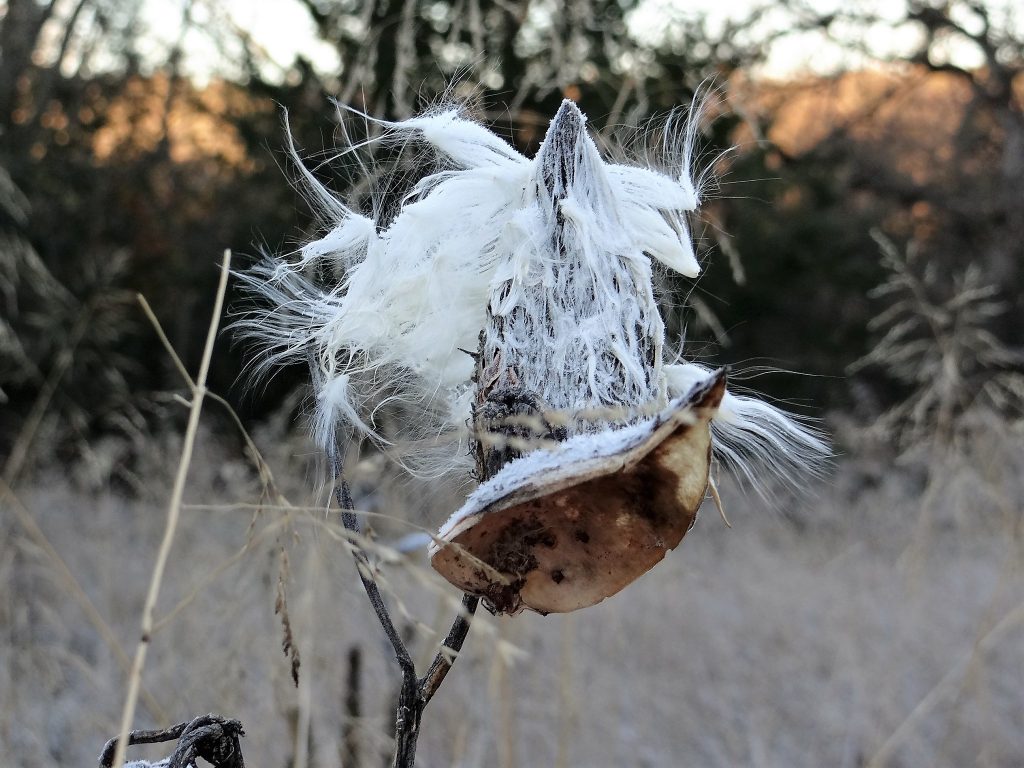
I learned early on that if you break the leaves or stems of this plant, a sticky, white sap oozes out and can irritate the skin. I remember the cows avoiding the common milkweed plants. Once the milkweeds bloomed and went to seed, I remember the spherical clusters of oddly shaped small, pink flowers were always interesting to examine and smell. In my mind, I can still fondly visualize monarch butterflies flitting around those pink flowers thinking that they were attracted to the pleasant scent of them.
But, little did I realize way back then as a child, the importance of the milkweed, its peril today and how the ramifications of its low numbers would reverberate to the life cycle of the monarch butterfly and throughout our environment.
The good news though is that native milkweed habitat planting efforts, pollinator land management practices and monarch conservation strategies are happening through many individuals and a number of entities like the Nebraska Game and Parks Commission.
There is a need though to gather more information about milkweeds for a better understanding of where Nebraska’s milkweed species are located.
This is where you, yes you, enter the picture.
Do you know of places that have milkweeds?

Have you protected or planted any milkweeds?
Perhaps there are milkweeds in your flower or rock garden, on your acreage or pasture, along that weedy fence row or recreational trail, or maybe in your Conservation Reserve Program (CRP) grassland acres or crop field edges. I bet you have a suitable area where you could like to plant some.
Please let us know about them, will you?
And, you can do that easily by using the Nebraska Game and Parks Commission’s online Milkweed Tracker system here. The information you provide in the Milkweed Tracker will solely be used for biological purposes, nothing else!
Why is this data critical to catalog? Here’s an example. If monarch butterflies have to travel too far from one milkweed patch to the next, they won’t have enough energy to lay their eggs and make the next step of their journey.
So, the details you provide will greatly assist us in identifying where to plant, restore or enhance milkweed communities and other pollinator friendly flora in the next several years. Thank you so much in advance for your involvement and citizen science work!
Also, let me tell you that the Nebraska Game and Parks Commission and its various conservation partners and affiliated businesses are completely committed to increasing the number of milkweeds in the Cornhusker State. Collaboratively, they have formulated a plan and set a goal to keep monarch butterflies and other pollinators off the federal endangered species list by planting 125 million milkweed plants by 2020 and providing incentives for farmers to incorporate pollinator habitat into their land. The plan was initially created by the Nebraska Game and Parks Commission, with input from dozens of organizations and business.
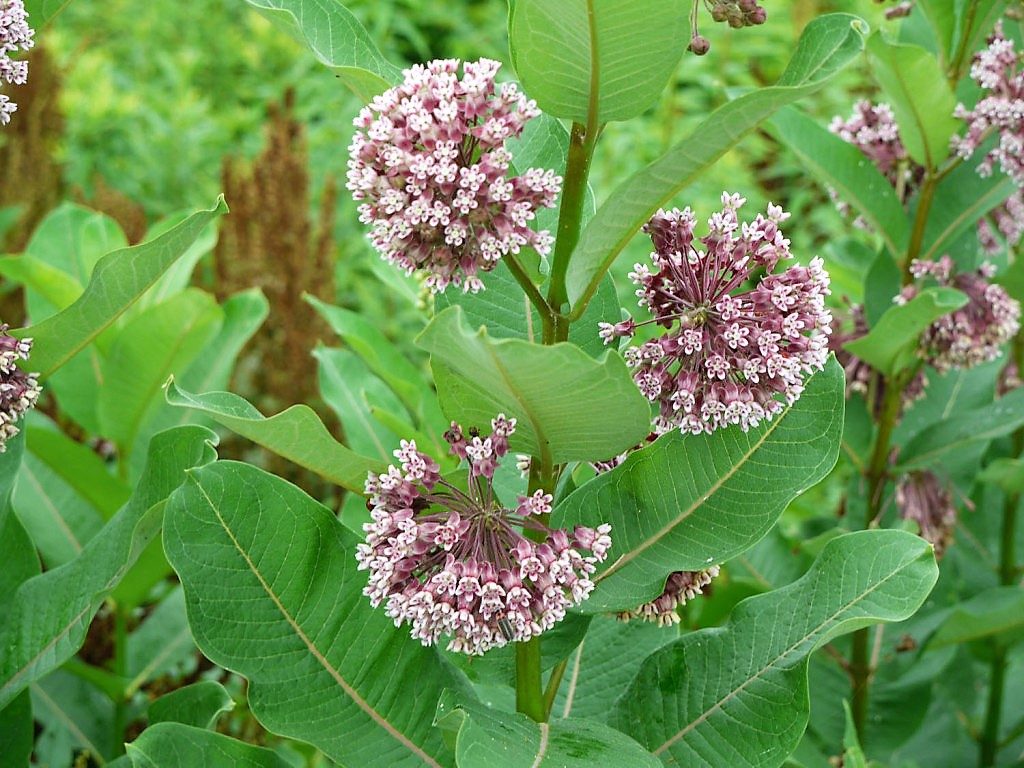
Presently, we at the Game and Parks Commission along with a host of AmeriCorps volunteers are planting more than 25,000 milkweed seedlings along the Cowboy Recreational Trail in northern Nebraska and other land owned by the commission, a multi-year project funded by the National Fish and Wildlife Federation and the Nebraska Environmental Trust. The milkweed seedlings are provided by the Monarch Watch program at the University of Kansas.
Other projects are in the works regarding milkweeds, too.
By 2018, it is hoped that more than 40,000 milkweed seedlings will have been planted and restored more than 1,000 acres of native prairies.

Don’t kid yourselves, the loss of any species weakens an ecosystem that all species rely on for survival, including us humans! The monarch butterfly decline is a primary indicator that there is something really wrong in our shared environment and a warning that we may very well be directly affected. Give this some thought: Do you really want to live in a world where the next generation has no chance of seeing a monarch butterfly on a milkweed flower?
*BLOGGER’S NOTE: National Pollinator Week will be observed June 19-25, and it is a time to celebrate pollinators like the monarch butterfly and spread the word about what we can do to protect them and increase their numbers through habitat programs and projects such as planting more milkweeds.
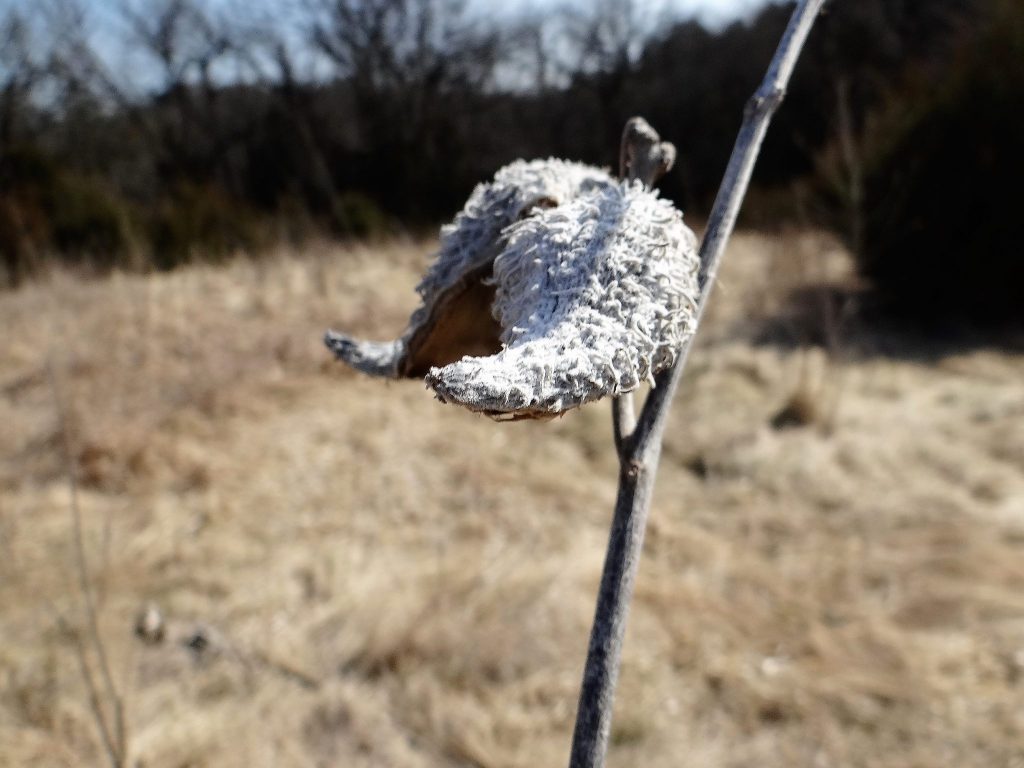
The post The Dire Need for More Milkweed appeared first on NEBRASKALand Magazine.






















